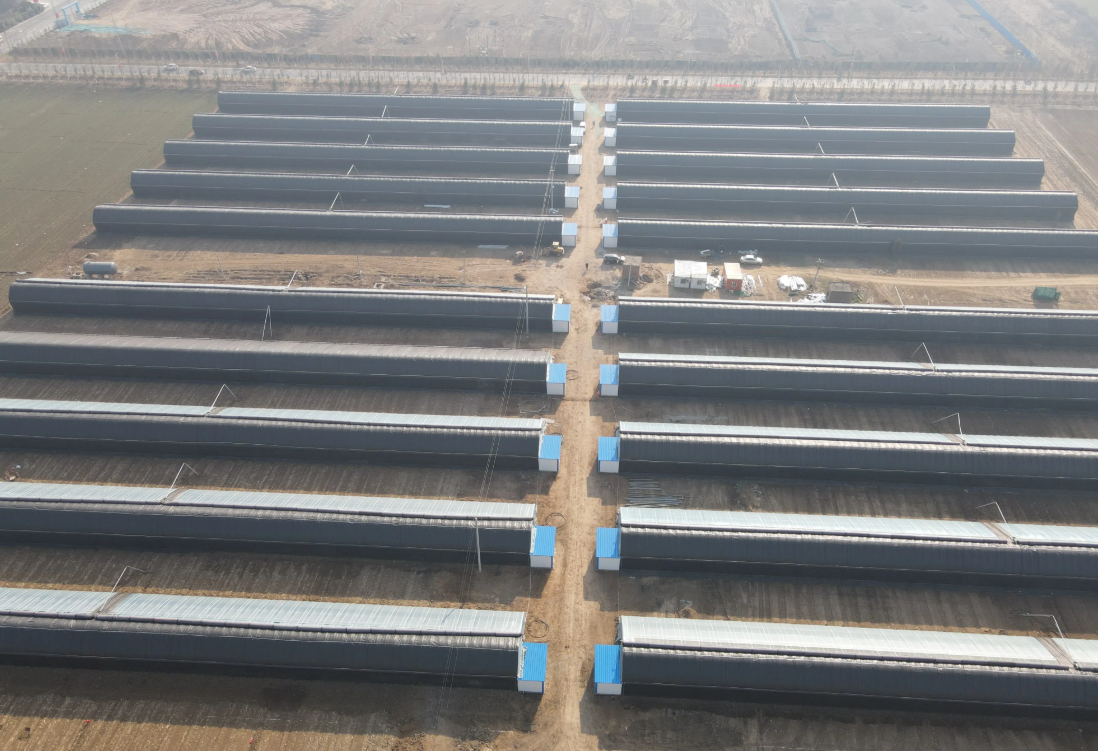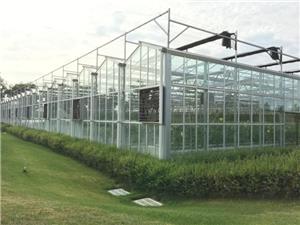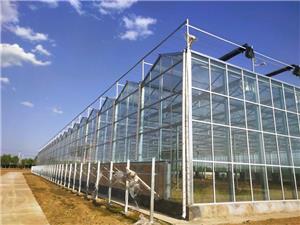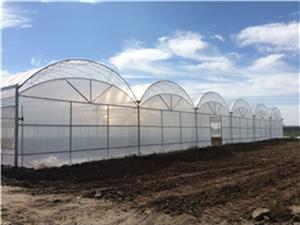How to enhance the wind resistance of greenhouse
Greenhouse sheds play a crucial role in agricultural production. However, when facing strong wind conditions, their wind resistance performance becomes particularly important. Here are some methods to enhance the wind resistance of greenhouse sheds.
1. Optimize the structural design
1. Select the shape reasonably: Arched greenhouse structures usually have better wind resistance. The arched structure can evenly distribute the wind pressure, reducing the occurrence of excessive force on a specific area.
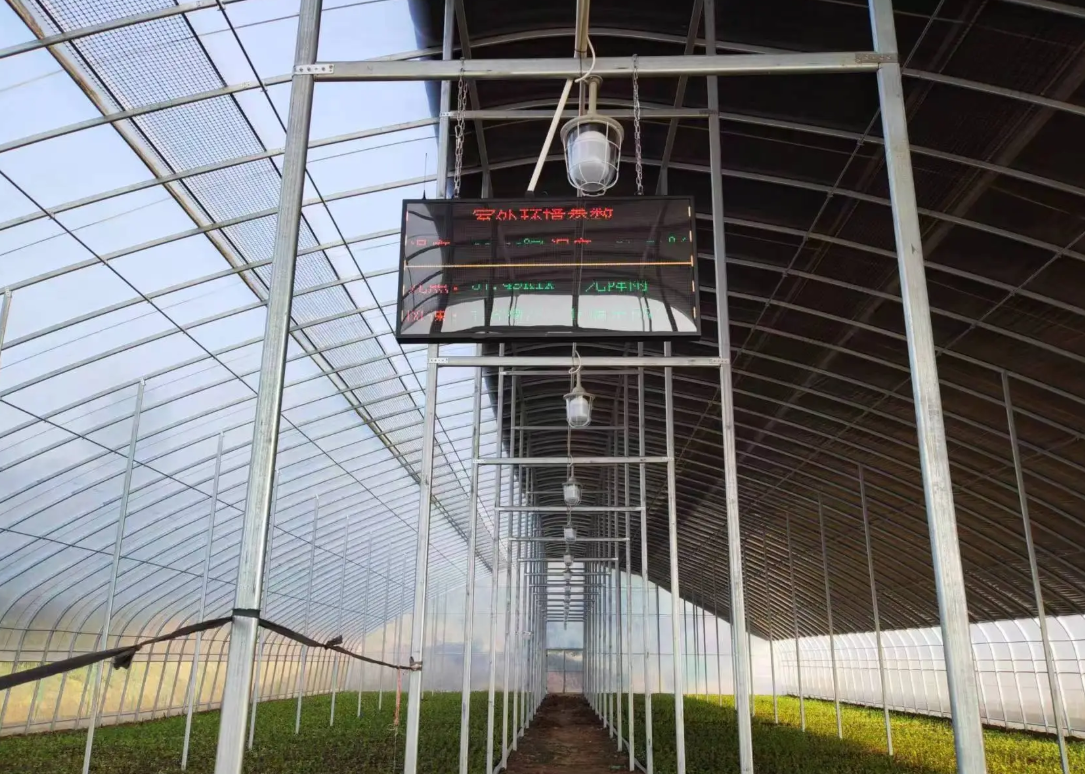
2. Enhance frame strength: Use sturdy and durable materials to construct the Lettuce Greenhouse frame, such as hot-dip galvanized steel pipes. Increase the diameter and thickness of the frame pipes to enhance their load-bearing capacity. At the same time, ensure that the frame connections are firm and reliable, using high-strength connecting pieces and welding techniques.
3. Design ventilation openings: Properly determine the location and size of the ventilation openings, avoiding overly large openings in the direction of strong winds. The ventilation openings should be equipped with adjustable wind-proof devices, such as wind-proof nets, so that they can be opened when ventilation is needed and closed during strong wind conditions.
II. Strengthening Fixed Measures
1. Deepen the foundation: Ensure that the foundation of the Lettuce Greenhouse is buried deep underground to enhance its stability. The depth of the foundation should be determined based on the local geological conditions and wind force. Generally, it should not be less than a certain depth.
2. Install wind-resistant columns: For solar greenhouses or arched Lettuce Greenhouses, set up wind-resistant columns or diagonal supports at both ends, or use double doorheads. For multi-span plastic greenhouses, add wind-resistant pillars around the perimeter, or increase wind-resistant beams.
3. Install the film tensioning straps: Attach the film tensioning straps to the film of the Lettuce Greenhouse structure, securing the film firmly to the frame. The tensioning straps should be made of materials with high strength and good resistance to aging. Set one tensioning strap at regular intervals to ensure that the film does not get blown up by the wind.
III. Select high-quality covering materials
High-strength film: Select high-quality and moderately thick films as the covering material for greenhouse sheds. High-strength films have excellent tensile strength and aging resistance, and can withstand the impact of strong winds.
2. Add insulation covers: During winter or in strong wind conditions, insulation covers can be placed over the film of the Lettuce Greenhouse. These covers not only provide insulation but also increase the overall weight of the Lettuce Greenhouse and enhance its wind resistance.
3. Installation of hard covering materials: For areas with strong winds, it is advisable to install hard covering materials such as solar panels or glass. These materials have high strength and stability, and can effectively resist the damage caused by strong winds.
IV. Daily Maintenance Management
Regular inspection: Conduct a comprehensive inspection of the greenhouse on a regular basis, including the stability of the frame, the integrity of the covering materials, and the firmness of the fixation measures. Address any issues promptly to ensure that the Lettuce Greenhouse remains in good condition at all times.

2. Remove debris: Regularly clear the debris around the Lettuce Greenhouse, such as branches and straw, to prevent them from being blown up by strong winds and causing damage to the greenhouse.
3. Strengthen training: Provide training on wind resistance to the managers of the greenhouses, enhancing their risk awareness and emergency Lettuce Greenhouse handling capabilities. Before the onset of strong winds, take all necessary preventive measures to ensure the safety of personnel and the greenhouses.
In conclusion, enhancing the wind resistance of Lettuce Greenhouse sheds requires addressing various aspects such as structural design, fixation measures, selection of covering materials, and daily maintenance management. Only by comprehensively considering these factors can we ensure that the greenhouse sheds operate safely and stably in strong wind conditions, providing reliable support for agricultural production.
